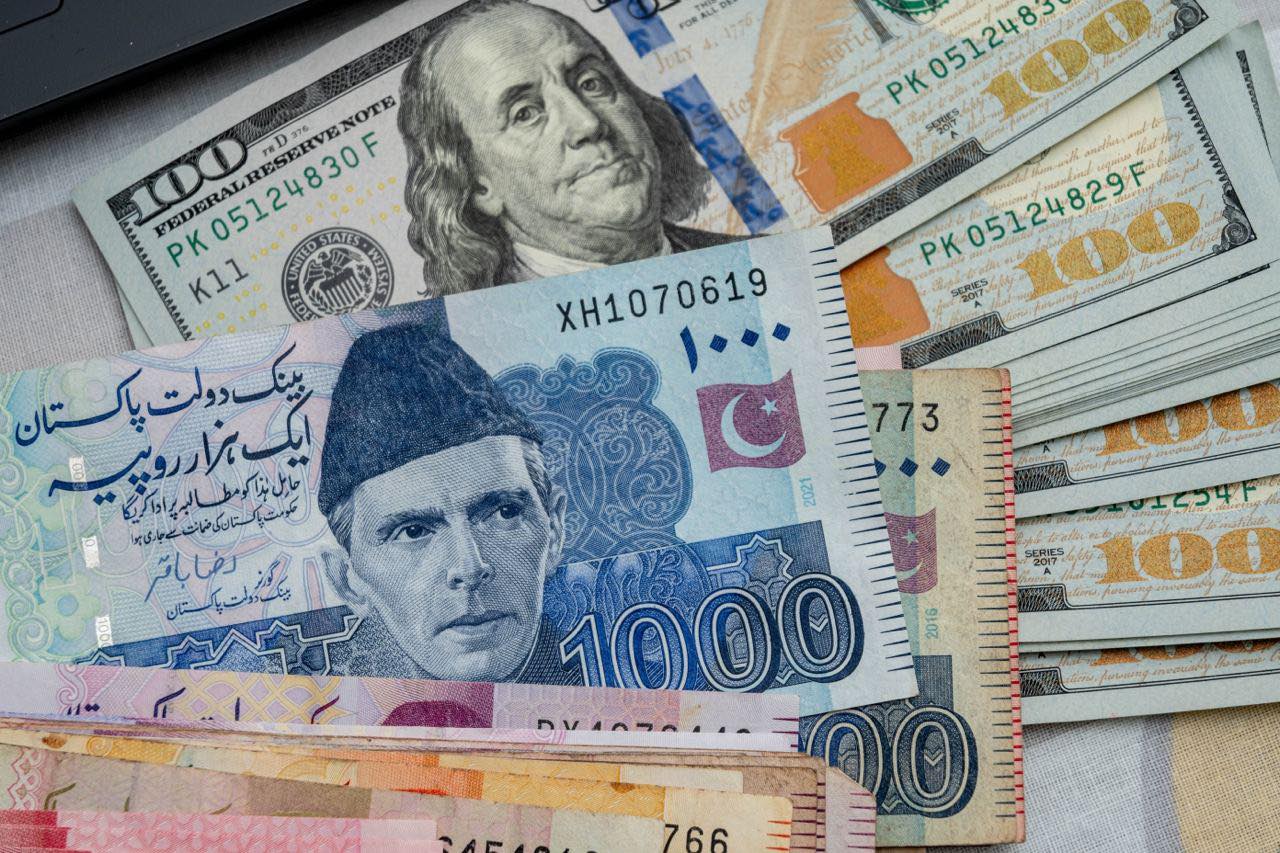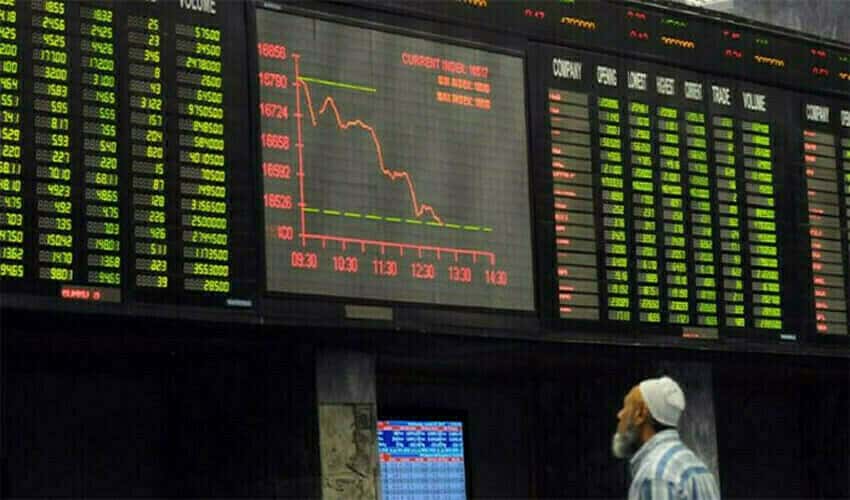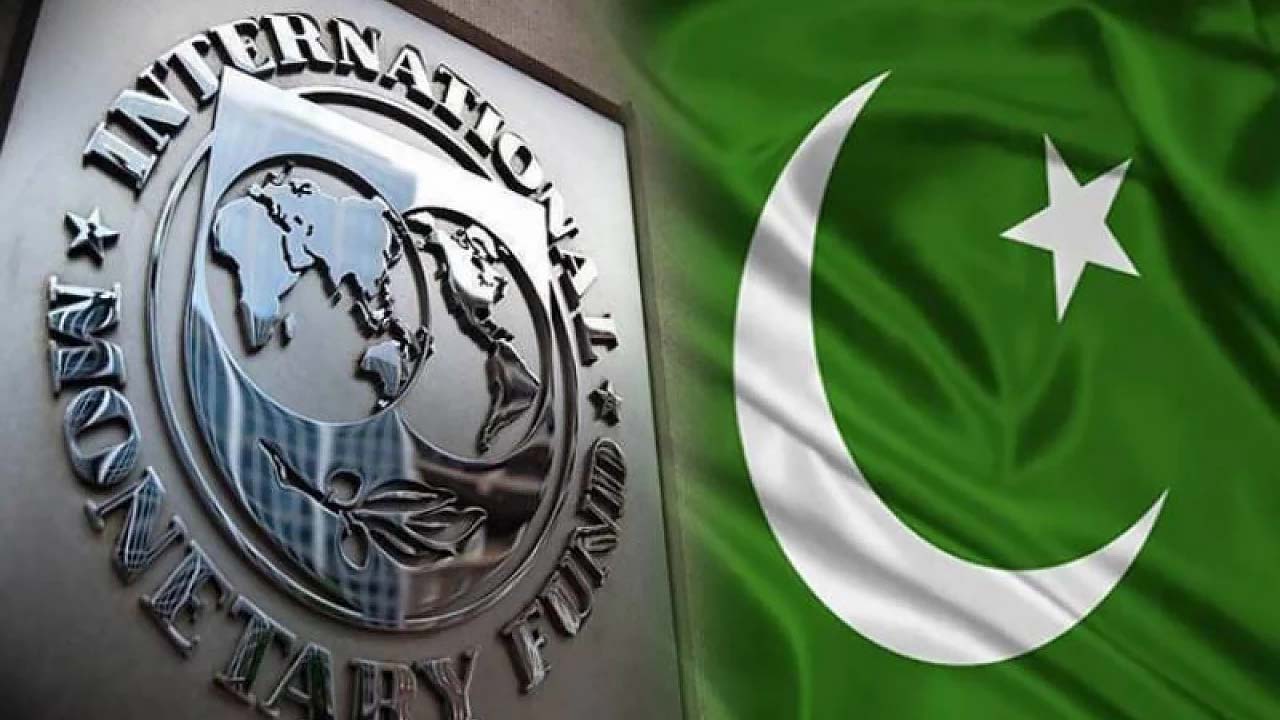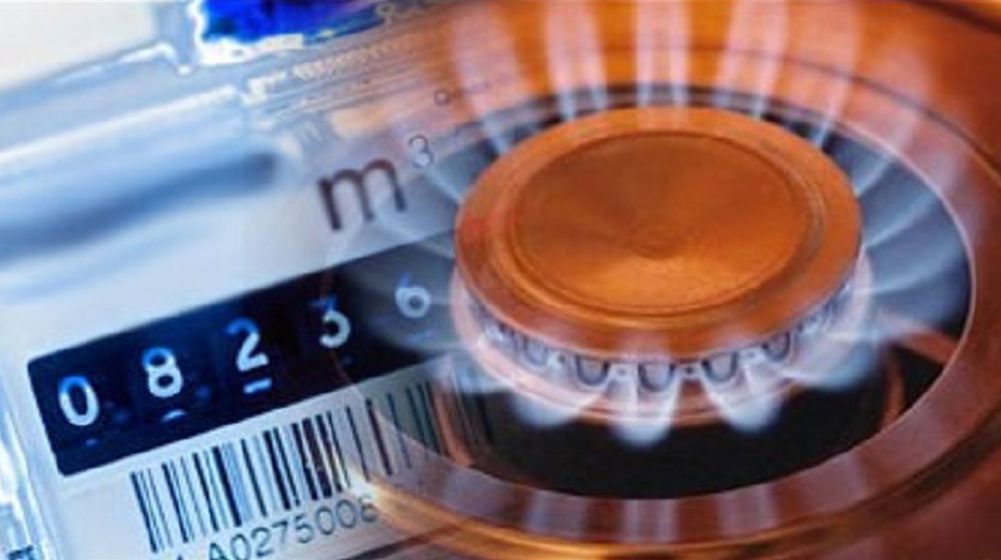The Pakistani rupee extended its gains against the US dollar in the inter-bank market on Wednesday, reflecting continued strength amid improving local sentiment and international currency volatility.
At 10:15 AM, the rupee was trading at 282.43, appreciating by Re0.14 or 0.05% from the previous day’s close of 282.57. This marks the continuation of a stable and slightly positive trend for the Pakistani currency, supported by robust inflows and improving macroeconomic indicators.
The upward movement in the rupee comes amid growing optimism around Pakistan’s economic outlook. Efforts by the central bank to stabilize the foreign exchange market, better-than-expected remittances, and tighter monetary policy have contributed to the rupee’s steady performance in recent weeks.
Globally, the US dollar remained rangebound, with limited movement against major currencies on Wednesday. Investors adopted a wait-and-see approach ahead of a crucial announcement by former President Donald Trump, who is expected to nominate a candidate to fill a vacancy on the Federal Reserve’s Board of Governors later this week.
Trump also revealed that he has shortlisted four candidates to potentially replace Federal Reserve Chair Jerome Powell, further heightening speculation about the future direction of US monetary policy.
The announcement comes at a time of growing political pressure on the Federal Reserve, raising concerns that the traditionally independent institution could face challenges to its autonomy. The possibility of a politically driven appointment is contributing to investor caution.
In the backdrop, the latest economic data released on Tuesday painted a mixed picture. The US services sector activity surprisingly flatlined in July, indicating potential slowdown in the broader economy. At the same time, input costs climbed at their fastest pace in nearly three years, reflecting the lingering effects of Trump-era tariffs and supply chain disruptions.
While such economic indicators typically influence the greenback, the data had little immediate effect on currency markets. Traders preferred to hold off on major moves ahead of confirmation of the new Fed nominee.
As of the latest updates:
- The dollar was unchanged at 147.54 yen
- The euro ticked up 0.02% to $1.5760
- The British pound was last at $1.3304
- The dollar index stood at 98.76, down from Friday’s peak of 100.25
Traders continue to price in a more than 90% probability of a Federal Reserve interest rate cut in September, with cumulative rate cuts of approximately 58 basis points expected before the end of the year. These expectations are keeping the dollar under pressure as investors prepare for looser monetary policy.
Such a policy shift would also have implications for emerging market currencies like the Pakistani rupee, which often benefit from lower US interest rates due to increased capital flows into high-yielding markets.
Meanwhile, oil prices—a key influencer of currency markets, particularly for energy-importing countries like Pakistan—rebounded on Wednesday after hitting a five-week low the previous day. This recovery was fueled by concerns over potential supply disruptions following Trump’s threats to impose tariffs on India for purchasing Russian crude oil.
- Brent crude futures rose by 29 cents (0.4%) to $67.93 per barrel
- West Texas Intermediate (WTI) crude gained 28 cents (0.4%) to $65.44 per barrel
These price increases come after both benchmarks dropped by over $1 on Tuesday, their lowest closing since early July. The declines were driven by fears of oversupply stemming from the planned output hikes by OPEC+ in September.
A stable or rising oil market typically puts pressure on the rupee due to increased import bills. However, a combination of steady oil prices and strong domestic monetary policy can help mitigate volatility in the foreign exchange market.
The Pakistani rupee’s marginal appreciation against the US dollar reflects both domestic resilience and global investor caution. While international factors such as US Federal Reserve policy shifts and oil prices continue to play a role, Pakistan’s economic reforms, improved remittances, and tight monetary controls are providing support to the local currency.
Market participants will keep a close eye on developments in Washington and their ripple effects on global financial markets, especially any decision related to US monetary policy leadership and the subsequent trajectory of the US dollar.




